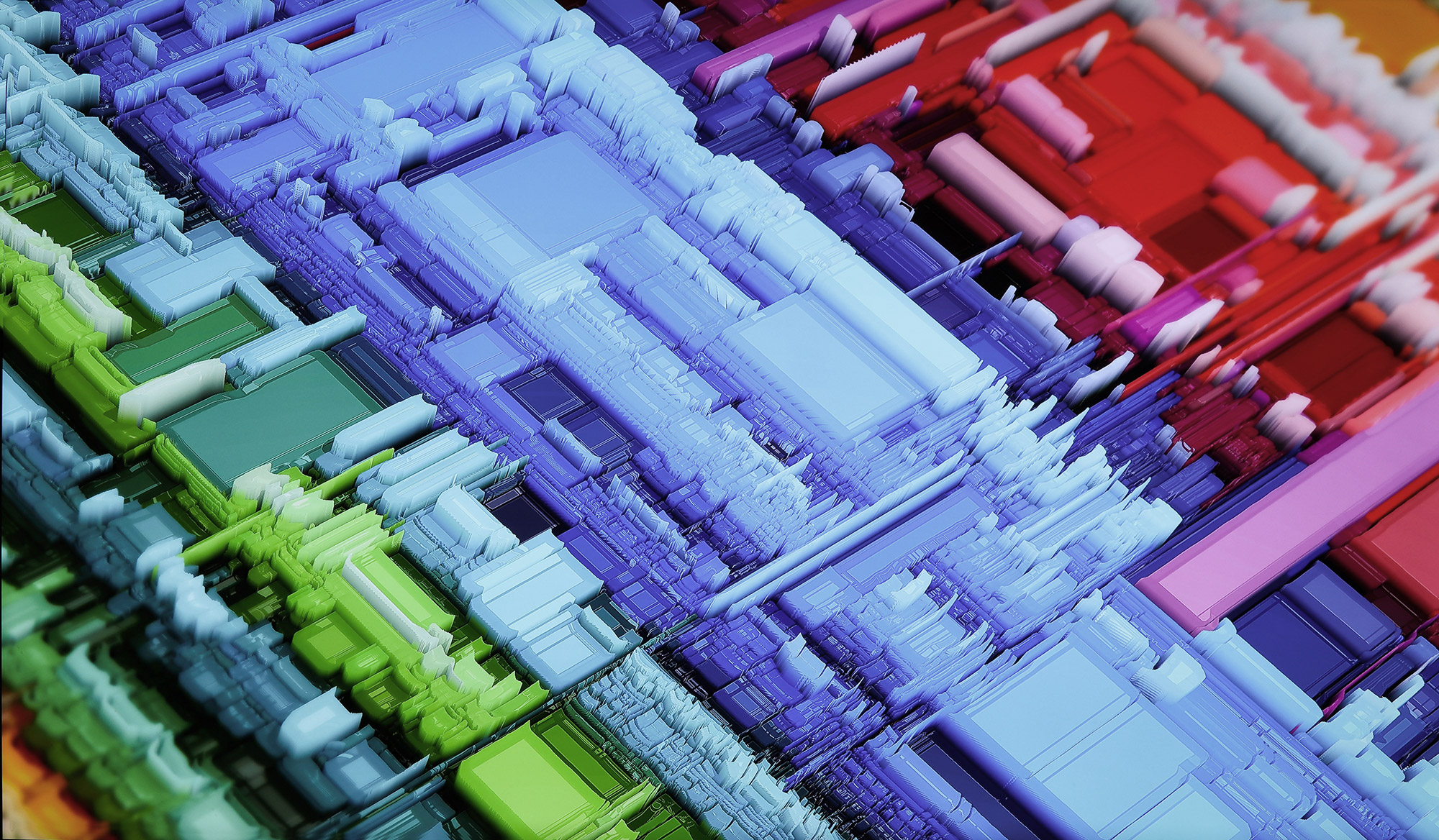
What will the virtual industrial area of the future look like?

A virtual industrial area as a platform for sustainable business
platform, platform economy, cooperation, business model, sharing, information system
A virtual industrial area is a modular service platform built in conjunction with an actual industrial area to improve communications between operators and to create opportunities for companies in the area to work together to promote their businesses, carbon neutrality and resource wisdom.
- Willingness and creativity: for a virtual industrial area to be viable, companies in the area must be willing and have the creativity to build an understanding of what the shared virtual industrial area could look like.
- The role of cities: cities can play key roles in the building of virtual industrial areas, and the concept may well contribute to achieving their carbon neutrality goals.
- Different levels: a virtual industrial area can have a number of levels and operating models that can be developed module by module as required.
This solution is right for you if
- you are interested in developing creative solutions of the future for industrial areas;
- you want to develop shared functionalities, sharing services, resource management, better communications or business operations in your industrial area;
- you want to explore new approaches to business environments.
BASIC FACTS
- This concept has been implemented within the framework of futures research. Practical applications require area- and partner-specific assessment and implementation.
- Some virtual industrial area solutions have already been put into practice. Some themes are studied and assessed as opportunities.
- The concept is implemented by:
- University of Turku, Finland Futures Research Centre (FFRC), Essi Silvonen
- VTT Technical Research Centre of Finland, Satu Pasanen and Maria Antikainen
- Specialists and participants in the solutions forums in the HNRY project
- The concept has been piloted with Mika Härkönen and Taneli Fabritius of VTT Bioruukki
Shareable resources and matching needs to create resource-wise solutions
The resource wisdom of a virtual industrial area is based on sharing resources and achieving the highest possible capacity utilisation rate. This will result in a reduced need for resources, a lower environmental load, streamlined operations and improved profitability. A virtual industrial area is a platform that connects nearby companies by providing them with a variety of services and taking responsibility for fulfilling their shared obligations in a transparent manner. It also gives operators in the area bargaining power when negotiating the price of services.
A virtual industrial area can offer:
- solutions for maintaining, servicing and maintaining facilities;
- services related to sharing and joint use;
- solutions for energy harvesting and energy use at the industrial area level;
- solutions for warehouse and transport logistics;
- solutions for materials and side flow management;
- other services;
- solutions to promote staff wellbeing;
- business opportunities for companies in the area, for companies that provide services to them and for the platform operator;
- a platform for product and service development;
- virtual visitor services;
- better connections and communications in the area;
- data collection and processing, means to measure environmental impacts;
- zoning of a specific area.
What is required for the creation of a virtual industrial area?
A virtual industrial area needs a body that is responsible for its construction, implementation and operations. In addition to reducing the environmental burden, the area must also be economically viable. The platform needs a technical implementation model that makes it possible to add, remove and modify functions as the area develops and requirements change.
It is hardly worth building a virtual business platform on the basis of companies’ current needs, but it is necessary to assess their future needs as well as possible changes in their business. Changes to a company’s role on the platform and advances in operating models must be taken into account in the platform’s architecture to ensure that the platform’s operating principles do not limit but support and enable companies’ development.
Virtual industrial areas offer a great variety of trajectories and opportunities. It is unlikely that there are many areas that would immediately try to cover a broad range of functionalities, but it is more likely that an area will use the platform to address certain key challenges or objectives shared by the companies, and that the range of functionalities will expand over the platform’s life cycle.
Case: VTT Bioruukki’s virtual industrial area – an active research, collaboration and business platform
VTT Bioruukki, located in Espoo, is VTT’s piloting centre for bio-based products and circular economy solutions. It is part of Espoo Cleantech Garden, which will undergo a large-scale extension project in the coming years to bring together operators in the fields of science, education and research. Key players in the development of the area are the City of Espoo, Omnia, the Joint Authority of Education in the Espoo Region, and NCC. The aim is to ensure that the area is built into a diverse environment that creates a framework for comfortable housing as well as for successful business operations. The area is estimated to be completed in the 2030s, housing up to 9,000–12,000 people, while the number of new jobs is expected to be about 2,000.
Various levels of cooperation in the virtual industrial area
Education – VTT works with educational institutions on education and projects. The virtual industrial area can be used to reach and use both operators’ networks, to share equipment and expertise and to form consortiums for joint projects.
Piloting – the virtual industrial area can serve as a practical piloting platform and a channel for sharing practical solutions with platform operators and end customers.
Technology commercialisation – the virtual industrial area can help to find early-stage financing as well as international and domestic talent. Professional commercialisation experts can also operate on the platform. It can form a virtual idea incubator and commercialisation platform and provide both leverage and collaboration from larger companies that operate on the platform.
Visitor services – the virtual industrial area can be used for virtual visits as well as virtual presentations for visitors to the actual premises, AR presentations, better accessibility and access to the most interesting details in the place without disrupting piloting operations or compromising trade secrets.
Other services – catering, accommodation, culture, sports, guidance, translation, other professional services.
Resource sharing platform – VTT has piloted an industrial sharing platform in an in-house project, based on the idea of providing companies with a platform to share and find different equipment, machinery and human resources. When companies need something, the smart system can find it in the local area; in this case, in the virtual industrial area.
Environmental and infrastructure services – there is a wide range of functionalities in the actual industrial area, and, by working together closely, operators can have sufficient purchasing volume to be able to negotiate good deals on centralised services.
Local residents – the industrial area combined with areas for housing and businesses and as part of a public transport hub can serve as a research platform for a wide range of services, technologies and products. People who live nearby may also need to be informed of various events or malfunctions that can have an impact on the surrounding areas.
TAKE-HOME MESSAGES
- The resource wisdom of the virtual industrial area is based on sharing resources and achieving the highest possible capacity utilisation rate, which means that the overall need for resources as well as the environmental load are reduced while efficiency and profitability improve.
- The concept of a virtual industrial area is modular, which means that such an area can have different layers or functional entities according to the practical needs of the companies located in the area.
- As the virtual industrial area is still at the design stage, it would be useful to start exploring it in such a manner that the principles can be studied and developed in practice. The companies and, possibly, research institutes in the area would also need to be part of these collaborative efforts.
- There is a special precondition for the implementation of a virtual business platform: it needs to generate added value for those involved as well as profitable business for the companies that create and maintain the platforms.
Lähteet:
HNRY- Liikenteen ja logistiikan ratkaisufoorumi 14.11.2019 asiantuntijaesitykset, materiaalit ja työpajamateriaalit
Virtuaalisen yritysalueen ratkaisufoorumi 24.11.2020, esitykset, materiaalit, keskustelu.
VTT Bioruukki pilotointi 25.2.2021, mukana VTTn puolesta olivat Mika Härkönen, Taneli Fabritius, Maria Antikainen ja Satu Pasanen
Kommentointi 5G ratkaisufoorumien osallistujat 8.-16.3.2021
“The virtual industrial area is a promising concept that offers new approaches to how to collaborate in industrial areas. We would like to carry out practical experiments in the next phase to see how a virtual industrial area works and what future opportunities it could bring to VTT Bioruukki and Cleantech Garden.”
Taneli Fabritius, VTT, 23.3.2021




